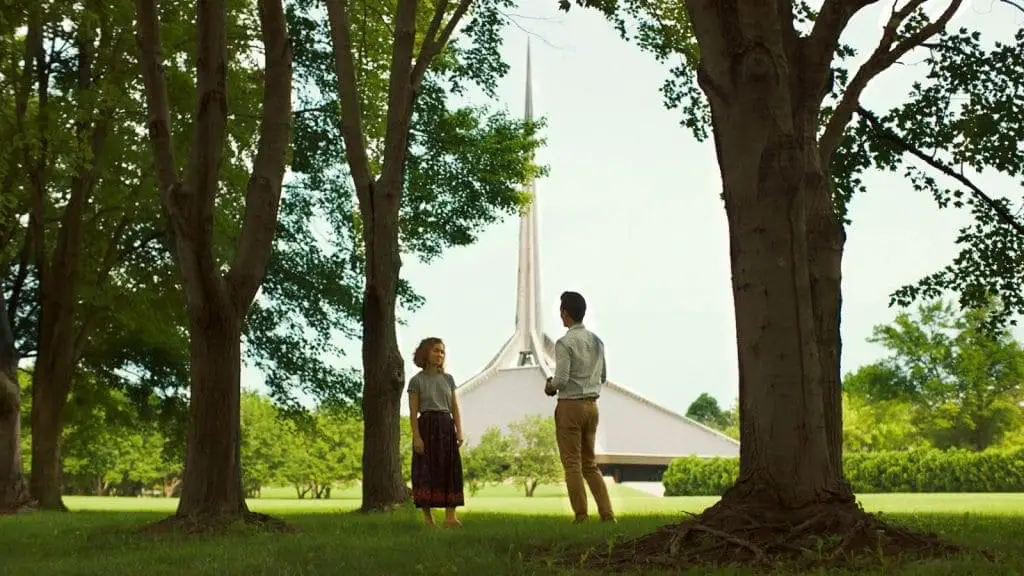
Welcome to the fifth installment of our Reader Q & A series. Like the previous four articles, today we’re focusing on questions from filmmakers like you. So, let’s dive into four questions from the world of indie film distribution.
Question #1
Is there still a market for micro-budget films?
Yes. After dying a sad death a few years ago when the world economy tanked, micro-budget films are boomeranging themselves back to viability. However, there are a few guidelines to follow to help yours thrive:
- Keeping your budget under $75,000 is good and keeping it under $50,000 is better. Of course, if you can get it under $20,000, you’ll enter the outer reaches of the “my investment might be somewhat safe” zone, and if you can nail your vision under $10,000, you’ll enter the coveted, “I’d hate to lose all this money, but it won’t kill me” zone. Since there are no guarantees with films this small, keeping your budget tighter than tight is smarter than smart.
- Make sellable genres; i.e. action, sci-fi and thrillers. The interest in horror/slasher films has long since disappeared, and coming-of-age dramas and romantic comedies rarely break through at micro-budget levels.
- Find out how much money distributors think a small film made in a traditionally kick-a*s genre will fetch from various international markets, the Internet, DVD, etc. After you add up your projected numbers, divide the total projections by half. If that final number will allow you to break even on your investment, then go for it. The reason I say to divide your total projections by half is so that you’ll still be safe if your film only generates half of the money it’s projected to.
- Make sure your projected profit is worth the time it’s going to take you to make your film. For example, lets say you make a $38,000 film and spend one year of your life to complete it. If that film only projects to make you $50,000 over the first 18 months of it’s release, then you only profit $12,000 over 30 months (two and a half years from the time you started making the film to the end of your 18 month sales run). Yes, it may help you to say you have completed a film that was distributed, but only if that distribution was deemed to be successful. Just be sure you’re okay with the return on your investment. If you are, go forth and make your movie!
Question #2
Are pre-sales for indie films really dead?
To quote Miracle Max from The Princess Bride, they’re “mostly dead,” at least in the traditional sense. Meaning, buyers are not willing to pay for your film upfront, unless it is infused with an A-list, sellable cast (by A-list I mean Tom Cruise and Brad Pitt, not Tom Arnold and Brad Garrett). But, the good news is, many international buyers will give your sales agent/international distributor a price range of what they will “most probably” pay for your film when it’s finished, based on if they like the concept and genre. While having a buyer say, “I will most probably buy your film” is not a guarantee, it is most probably going to lead to a sale. Furthermore, those “most probably” sales could earn you a pretty penny. For example, let’s say you make a great little $40,000 action film that looks like you spent $125,000-$200,000. Your film could land sales in the $5,000-$50,000 range from multiple territories, earning you gross sales anywhere from $50,000-$200,000 and maybe more. Not bad for a $40,000 action film.
Question #3
What can I do to get my webisode series noticed?
Make something that’s abundantly commercial because more people will want to watch your series and advertisers will want to sponsor you. Remember, 2012 marks the first year ever when ad dollars spent online surpassed the ones spent in print, so advertisers are ready to sponsor you as long as your content is made for the consumer groups that those advertisers are trying to reach.
Question #4
How many hits will it take for my webisode series to get a sponsor?
That depends. An “R” rated series with 250,000 hits per episode may not capture as much interest from advertising sponsors as a “PG” rated series with 150,000 hits per episode does. So, it’s not about the numbers of hits as much as it is whom those hits are coming from. Of course, numbers are always good, but only if they’re reaching people that advertisers are angling to embrace.
Since there are far more questions for me to answer, I’ll wrangle up more of them next week. As always, I thank you for lending me your eyes and I look forward to borrowing them again next Tuesday! I can be followed on Twitter @Lonelyseal.
